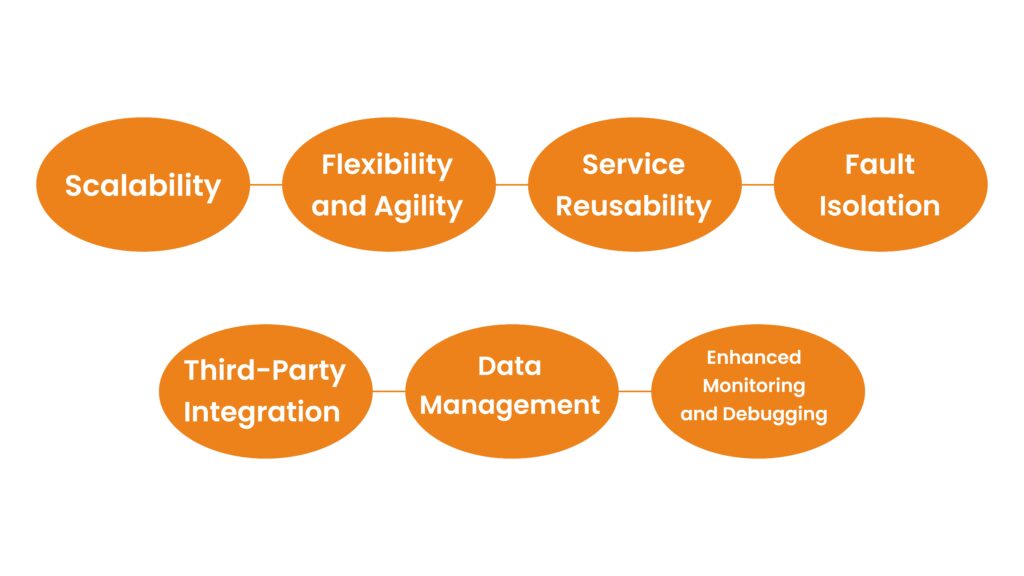In recent years, the concept of a “Super App” has gained significant traction in the world of mobile applications. Super Apps are comprehensive platforms that offer a wide range of services and features, from ride-sharing services like Uber and Lyft to food delivery platforms like DoorDash and Uber Eats, as well as e-commerce and financial services, all within a single app. These apps have become immensely popular in regions like Southeast Asia, with companies like Grab and Gojek leading the way.
These Super Apps are not limited to consumer services alone; they have also found valuable applications in the enterprise sector. For example, businesses are adopting Super Apps to streamline their operations by integrating enterprise-level functions such as customer relationship management (CRM), enterprise resource planning (ERP), and data lakes, all within a single, cohesive platform. This enterprise’s adoption of Super Apps is driven by its ability to provide an all-encompassing solution that enhances productivity and efficiency across various business processes.
1. Scalability
Super Apps must handle a massive user base and a wide range of services. Microservices allow for horizontal scalability, meaning you can scale individual services independently to meet the demand for specific features. This ensures that the app can handle traffic spikes in certain areas, such as ride-sharing during rush hours or food delivery during lunch and dinner times, without affecting the app’s overall performance.
2. Flexibility and Agility
Super Apps are often required to evolve rapidly to meet changing market demands and user preferences. Microservices enable developers to work on isolated components of the app without affecting the entire system. This modularity makes it easier to introduce new features, update existing ones, and fix bugs without disrupting the entire application. It also allows different teams to work on different microservices simultaneously, increasing development speed.
3. Service Reusability
Microservices can be reused across different parts of the Super App. For example, user authentication, payment processing, and location services can be standalone microservices that are used by various features within the app. This reusability not only streamlines development but also ensures consistency and reliability across the platform.

4. Fault Isolation
In a Super App, a failure in one service should not bring down the entire application. Microservices are designed to be fault-tolerant, meaning that if one service fails, it won’t cascade into a system-wide outage. This robustness is crucial for maintaining a positive user experience in a Super App where reliability is paramount.
5. Third-Party Integration
Super Apps often integrate with a wide range of third-party services, such as CRM/ERP systems, Data Lakes, and other external systems and APIs. Microservices can be used to encapsulate and manage these integrations, making it easier to connect and interact with external services while keeping the core application clean and modular. This seamless integration empowers businesses to harness the full potential of their data and streamline their operations efficiently.
6. Data Management
Microservices can have their own databases, which can be optimized for specific data requirements. This allows for efficient data management and ensures that each microservice can access the data it needs without creating complex and tightly coupled data architectures.
7. Enhanced Monitoring and Debugging
With microservices, it’s easier to monitor and debug specific parts of the application. This granular level of monitoring and debugging capabilities enables rapid issue identification and resolution, minimizing downtime and user disruption.
Final Thoughts
In conclusion, microservices play a pivotal role in the development of Super Apps by providing scalability, flexibility, reusability, fault tolerance, third-party integration, efficient data management, and enhanced monitoring capabilities. As Super Apps continues redefining the mobile app landscape, adopting microservices is likely to remain a central component of their success. By leveraging microservices, developers can build robust, feature-rich Super Apps that cater to the diverse needs of users in today’s fast-paced digital world.
Blog Reviewed by Kumaresan Selvaraj











